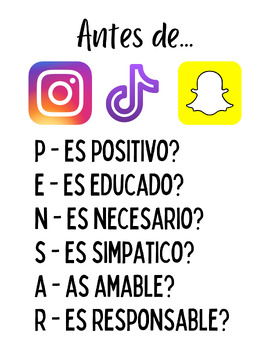
For example, you might use ❼ómo está? when greeting your friend’s grandfather, your boss, your professor, the queen of Spain and so on. Use this greeting when talking to a stranger, someone much older than you or someone in a position of superiority. The pronoun usted refers to a singular “you” in a formal situation. Just like tú in the example above, these pronouns are optional and do not affect the meaning of the sentence. For each of the examples below, I’ll provide the appropriate pronoun in parentheses. So, depending on who you’re speaking to, you may have to slightly adjust your conjugation. (If you’re unclear on verb conjugation, check out this basic guide to conjugating the Spanish present tense.) In this case, the important verb is estar (to be). In Spanish, the way you conjugate a verb changes depending on how many people you’re addressing, and on whether you’re in a formal or informal situation. The most basic greeting that you would use to ask “How are you?” to one person, in an informal setting, is:Ī slight variation on this greeting is ❼ómo estás tú? This means exactly the same thing, but includes the optional pronoun tú (you). You have to learn the basics before you can move past them, of course. (Download) The Basic Greeting: ❼ómo Estás?
#Me before you in spanish pdf
This blog post is available as a convenient and portable PDF that youĬlick here to get a copy. “How Are You?” in Spanish: 8 Ways to Change Up This Greeting.Why You Should Go Beyond the Basics with “How Are You?”.I’ll even provide some appropriate responses. In this post, you’ll learn eight other ways to say “How are you?” in Spanish that are a little more exciting.

In our everyday encounters with other people, we use these phrases over and over. MaThe Spanish “How Are You?” and 8 More Ways to Say It


 0 kommentar(er)
0 kommentar(er)
